
Venice:






Associazione Guide Turistiche Venezia
|
|
Special
Visits
TWO
EXCEPTIONAL MUSEUMS
Palazzo
Querini Stampalia
and Palazzo Grimani at Santa
Maria Formosa.
These two palazzi, now museums, so different in style and history,
lie close together. They reveal the tastes and interests of two
important intellectual noble families, art patrons and collectors
of the eighteenth and sixteenth centuries respectively.
It is thanks to the generosity of Giovanni Querini, the last heir
of the Santa Maria Formosa branch of the Querini family, that we
can now visit this unique Venetian palazzo. Its period furnishings
remain intact, in the library, the gallery and in the precious collection
of Sevres porcelain that belonged to Alvise, the father of Giovanni
and the last Ambassador of the Republic in Paris. Giovanni never
married; he established the Fondazione Querini Stampalia and bequeathed
his entire estate to it. The terms of his will are still maintained
by the Foundation, including the stipulation that the library be
open to Venetians, "for the convenience of scholars",
to a very late hour (midnight). On the second "piano nobile"
we can see the "Presentation of Jesus
in the Temple" by Giovanni Bellini, a masterpiece of the Venetian
Renaissance. Delightful in their narrative vigour are the
Pietro Longhi interiors, and the collection
of views of the city and the costumes of its
inhabitants by Gabriel Bella, a real slice of Venetian 18th century
life. The architect Carlo Scarpa
conducted a major restoration and transformation of the ground floor
between 1959 and 1963.
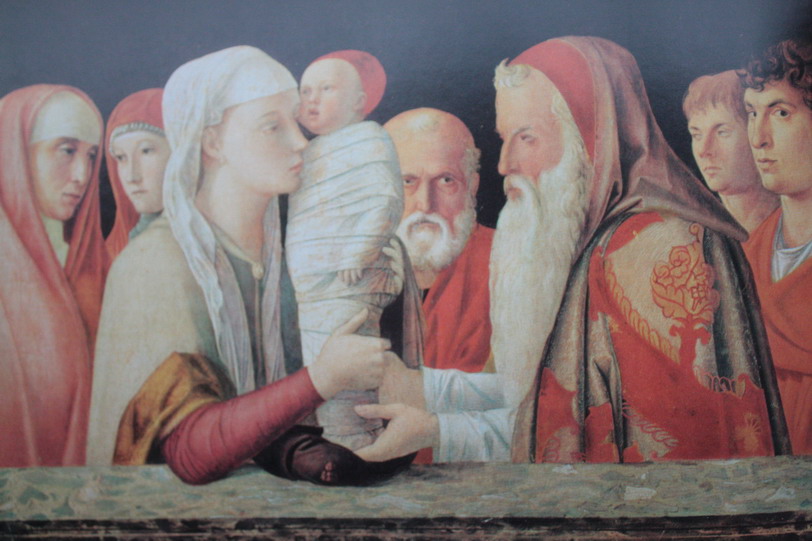
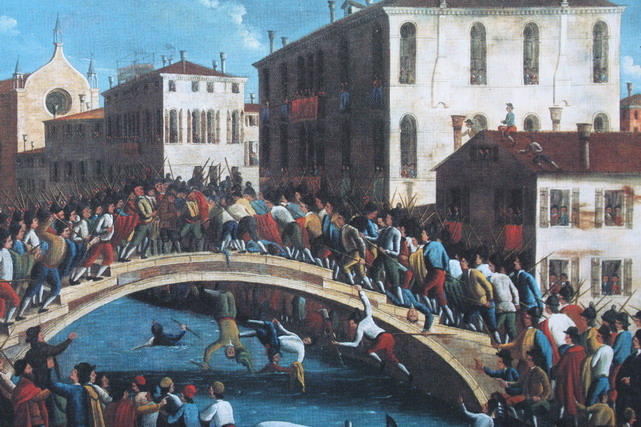
Palazzo
Grimani
at Santa Maria Formosa has only been open since December 2008, after
decades of abandonment and neglect followed by 25 years spent in
restoration. Now there is revealed the most extraordinary palazzo
of the 1500s, rebuilt by the owner Giovanni Grimani, a nephew of
Cardinal Domenico Grimani, also a well-known collector and patron
of art. Also a cleric, Giovanni became Patriarch of Aquileia. His
reconstruction of his palazzo followed his own interpretation of
the Roman style, probably advised by Palladio, Sanmicheli and Sebastian
Serlio. The "Sala Quadrata", which
is unequalled, has a fine coffered ceiling and lantern, below which
is suspended a "Rape of Ganymede". In the 16th
century this room, and the collection of ancient sculptures displayed
here, was an essential visit for kings and princes; the sculptures
are now in the Biblioteca Marciana (the first public museum in the
world). There are also to be seen significant "grotteschi"
(decorative frescos) by Giovanni da Udine,
who collaborated with Raphael in the Vatican Loggia, and, in the
room dedicated to the Doge Antonio Grimani, the famous
altarpiece of "Visions of the Beyond" by Hieronymus Bosch.
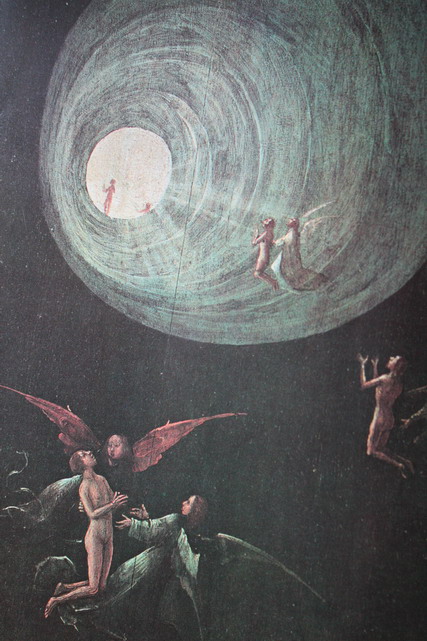
NAVAL
HISTORICAL MUSEUM
&
THE VESSEL'S PAVILLION
(the
Vessel's Pavillion is often closed)
Guided
tour of the Naval Museum and Hall of Vessels.
The Naval Museum comprises
five floors of historical naval finds and models, providing
a survey of shipping through ten centuries of Venetian shipbuilding,
including the Bucintoro, the Doge's ceremonial barge. The visit
is accompanied by readings of a selection from the life of a pilgrim
to the Holy Land on board a Venetian galley in the late 15th century.
From the 20th century we also see exhibits from the Great
War and World War II, models of Armoured Motor Torpedo Boats (MAS)
recalling the heroic actions of Luigi Rizzo, Costanzo Ciano
and Gabriele D'Annunzio (famous as poet, dramatist and novelist)
in the former, and of a "maiale"
("pig", two-man torpedoes)
in the latter.
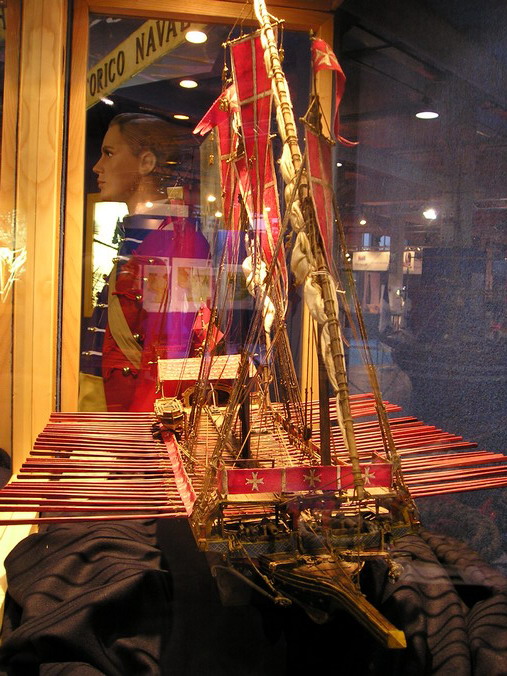
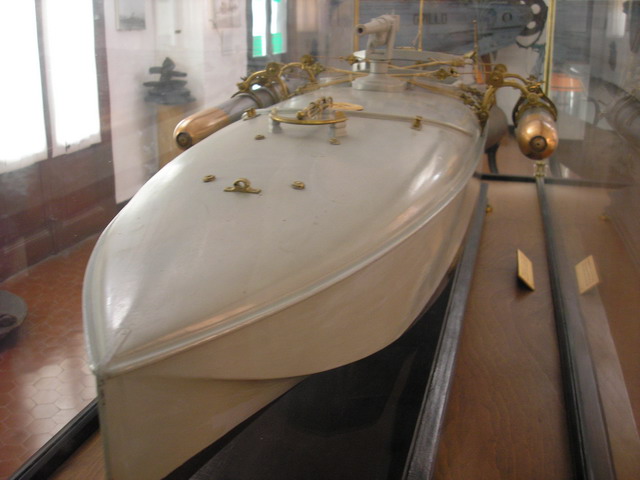
The
Naval museum and the Hall of Vessels are open on regular basis every
day from 10 to 5pm. Admission 10 euros.
The
impressive Hall of Vessels is an integral
part of the Naval Historical Museum. It is housed in the extensive
Oar Workshops of the old shipyard (Arsenale), where on display are
a World War II Motor Torpedo Boat, a 1937 royal
launch, a pair of boilers from Gugliemo Marconi's yacht Elettra,
and many other traditional Venetian boats, among which are
"bragozzi" (sailing barges)
from Chioggia, ceremonial and funerary gondolas
with traditional "felze" (discretely curtained
shelters for the privacy and protection of the passengers) and the
1913 18-oared gondola (Disdotona) of
the Querini rowing club. A curiosity is the converted ship's lifeboat
Zentime in which Alex Carozzo crossed the Atlantic in 1990.
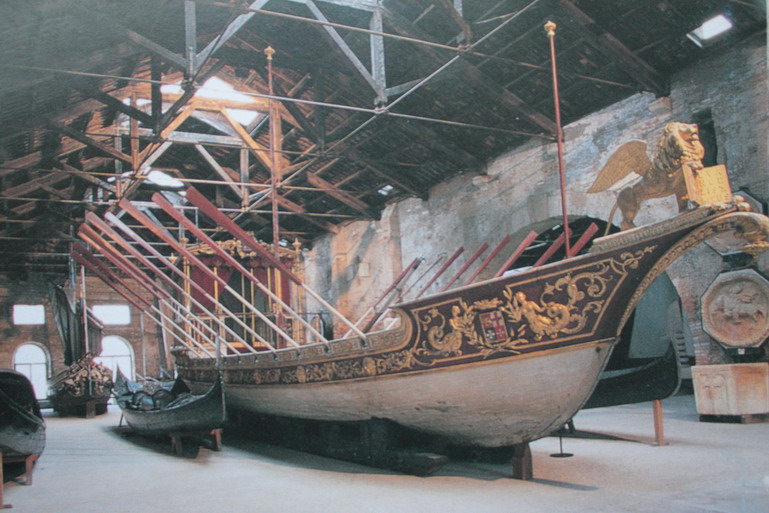
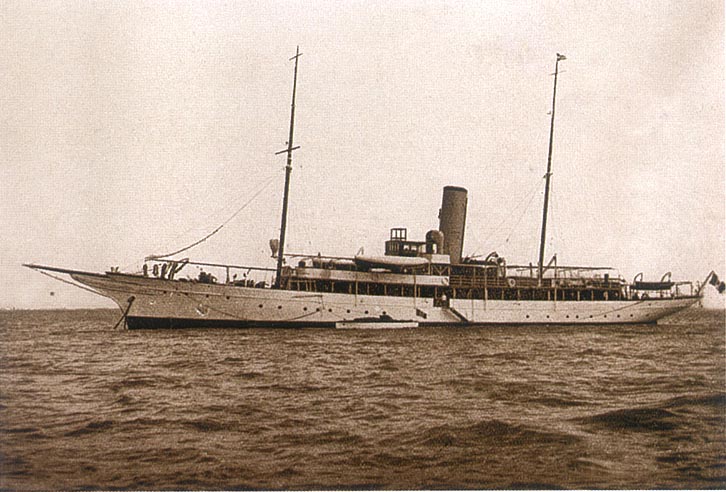
ARSENALE
(The old shipyard)
The
Venetian Arsenale dates from the early13th
century (and probably earlier) and was a highly organised shipyard,
extending to 32 hectares (80 acres) in late 1500. It captured the
imagination of visitors from its earliest days, being mentioned
in Dante's Inferno (in the Eighth Circle of Hell). It was the first
production-line facility in the world, capable of producing in wartime
a fully fitted fleet in a few months. It led the Mediterranean area
in rope-making (the rope-walk, rarely open, is 317 metres,1040 feet,
in length) and in the production of cannons, mortars and small arms.
So famous was Venice for its weapons foundry that the Arabic name
for Venice is "City of Guns".
We
begin the tour amongst the older covered wharves and sheds, amongst
which is the distinctive "Gagiandre",
perhaps designed by Sansovino in the late 16th century. We will
also see a huge blow-up of the ancient ceremonial embarkation of
the Doge which hangs in the Casa del Bucintoro
(1546) built to house this unique boat by the accomplished
architect Michele Sanmicheli.
Since
the fall of the Serenissima in 1797 the Arsenale has undergone many
changes and upheavals, first by the French (Torre
di Porta Nuova) and then by the Austrians who walled up the
open-sided sheds. Istrian stone slipways mark the renewal of production
at the Arsenale on the establishment of the Kingdom of Italy. On
one of these stands the submarine Enrico Dandolo,
1968-1999 (no internal access). The huge Armstrong
& Mitchell crane (1883), capable of lifting over 160
tonnes, is now a monument of industrial archaeology.
With
the aid of prints and drawings we will turn back time to uncover
the secrets of the building of a light galley
from the laying of the keel in the shipyard, the arming and the
installation of masts, sails and oars along the Rio dell'Arsenale,
the supply of ship's biscuit at the San Biagio bakeries, to the
final handing-over of the complete ship to the Magistrati all'Armar
in Piazza San Marco.
A
visit (groups only) to the Arsenale is only possible by application
to the Navy, since it is still a military installation. Early booking
requested. Please send email for info.
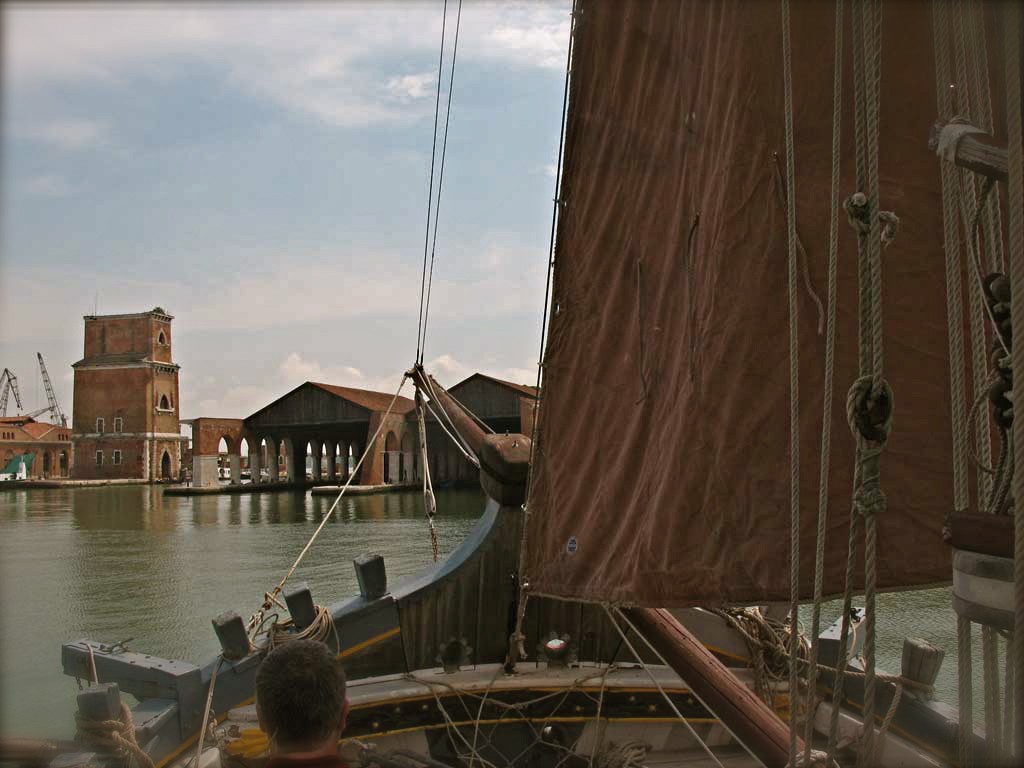
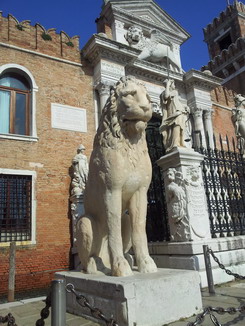
The
Arsenale guided tour will begin in the Campo
dell'Arsenale near the Lion Gate, a marvellous monument to
naval victory, which has experienced various additions over the
centuries by some of the best sculptors of the Republic. Recently
one of the great classical lions (spoils of war brought to Venice
in the 1600s) has revealed an interesting secret guarded for many
centuries - it may carry graffiti in Viking
runes recording the presence of Harald the Tall, Haakon and
Ulf. These were mercenaries in Constantinople; the first-named later
died at the Battle of Stamford Bridge against Harold II in 1066,
shortly before he was killed at the Battle of Hastings against William
the Conqueror. So great histories are strangely wound together.
GONDOLA
BOATYARDS (SQUERI)
SQUERO
TRAMONTIN and SQUERO SAN TROVASO
(In Dorsoduro District)
Anyone
with an interest in the Venetian traditional
building of wooden boats cannot miss a guided visit to the
last of the "squeri" (gondola yards).
At Squero Tramontin we will meet Matteo
Tamassia, who took over the tradition of gondola building after
the last of the Tramontin, Roberto, passed away in november 2018.
In this squero Domenico Tramontin after his apprenticeship at the
squero Casal developed the modern gondola in
1884. This has a distinct lean to the right, so that when
manned by the gondolier it returns to an even keel. To accommodate
his rowing of the craft from one side only, the hull is asymmetrical,
the left side being around 24 centimetres (10 inches) longer than
the right (otherwise it would tend to curve towards the left). The
outcome is a swift, light craft that is recognised as the most efficient
design of boat for a single rower in the world, measured in terms
of muscular force exerted and speed through the water. The sinuous
asymmetry of the craft is not its only secret - thousands of details
go into its building.
Only
a short distance separates us from the picturesque
Squero San Trovaso where the accomplished gondola's builder Lorenzo
della Toffola works.
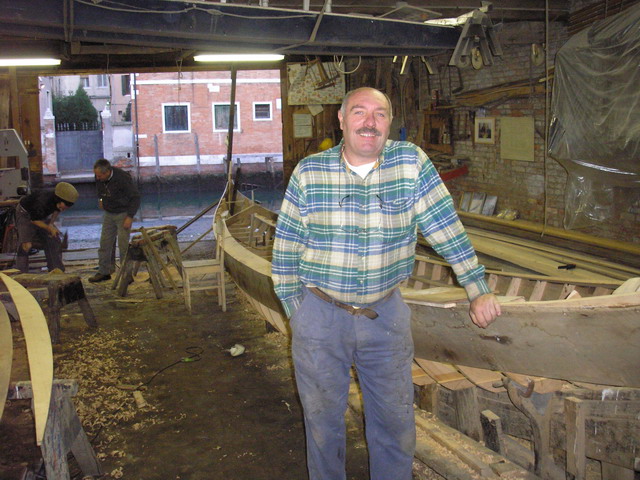
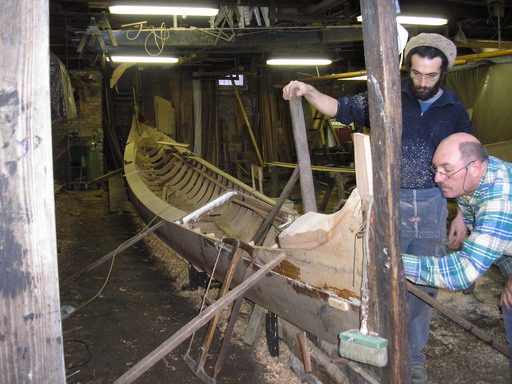
Pictures
of maestro Roberto Tramontin (1955-2018)
A
SQUERO OF THE PAST: "ARZANA' "
(In Cannaregio District)
To
penetrate yet more deeply into the maritime history of Venice, GuideToVenice
will take you to another part of the city, the district of Cannaregio,
where there still exists a truly special squero.
Here the walls are hung with rowlocks and oars of every type, the
ceiling with vintage masts and sails, and afloat in the shadow of
the squero, in no particular order, a few of the 40 or so different
types of boats once built in and around the city. We are in the
ancient squero of Casal, the origins
of which go back to the mid-15th century and which houses a rare
witness to an age now almost gone; this is thanks to a group of
Venetians who have formed an association for the study and conservation
of traditional Venetian boats, the Arzana. Over the years
it has taken on the task of restoring many unique craft, such as
the last "bragozzetto", two "caorline",
a "batela", and, waiting patiently in the Arsenale
for restoration, the last "peata", built in Burano in
1950. These are all workboats of one type or another, but there
is also a 19th century "gondola da fresco",
essentially a small two-seat gondola as might have been used
by a lady and her companion on a summer jaunt. Also on display are
various items that serve the world of boats: barrels, lanterns,
nets, glass fish-net floats (made in Murano, of course), sails and
some models. A small room houses a collection of the many tools
used in boat-building and its associated crafts such as might have
been used by a shipwright at the beginning of the 20th century.
Here you get a sense of the ephemeral labours of the past, which
would otherwise have been swept away into the whirlpool of time.
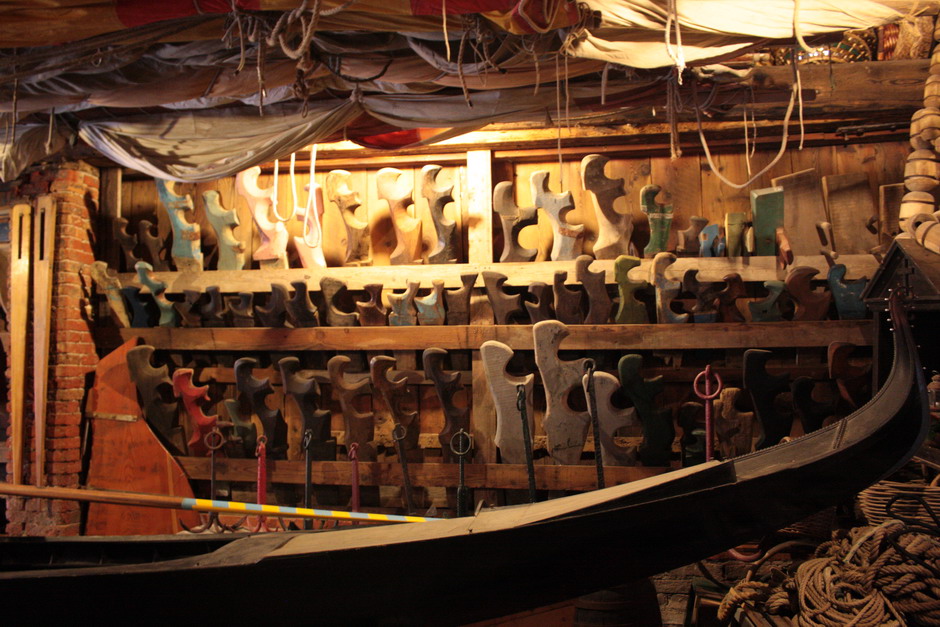
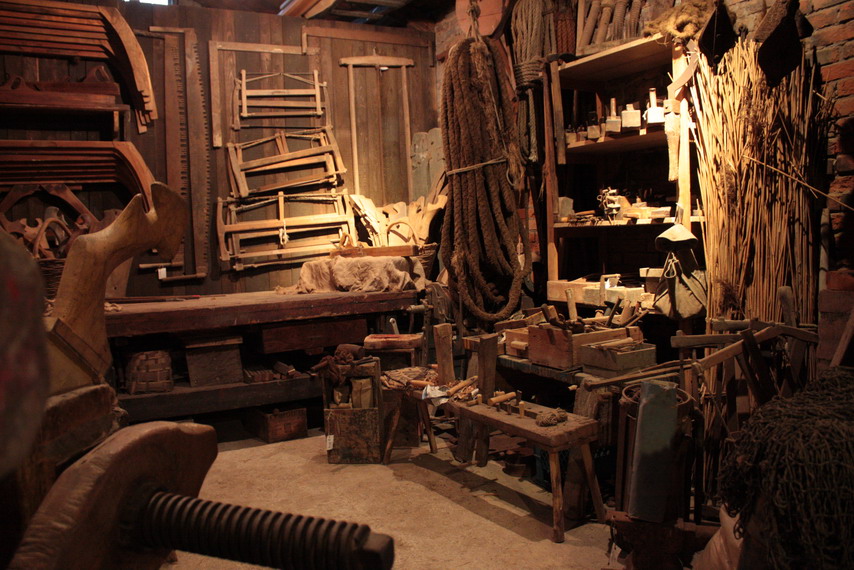 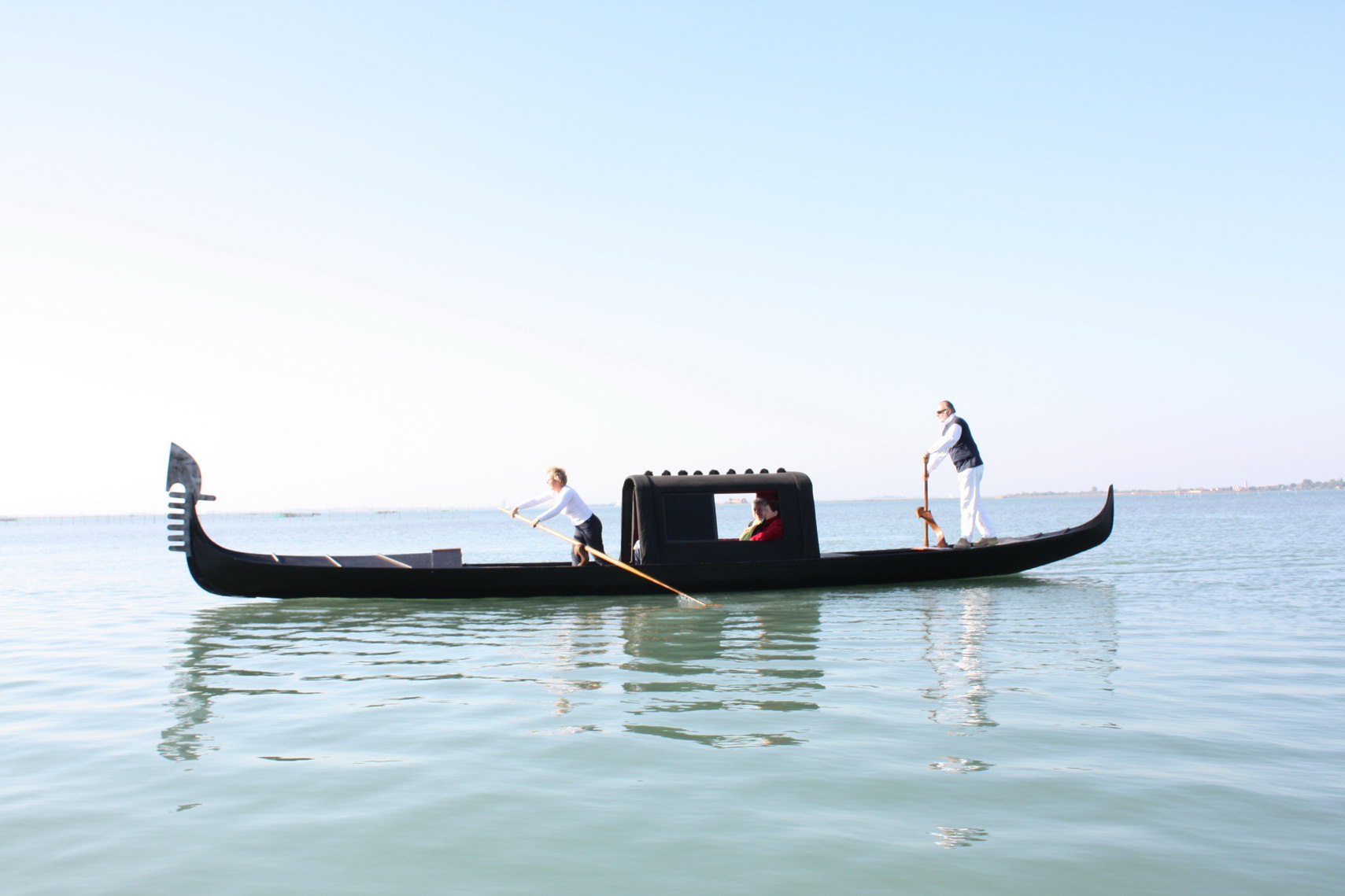
GuideToVenice
is actively involved in the work of Arzana, believed by many to
be of minor significance! Entrance is by gratuity.
VENICE AND THE PLAGUE (UPDATED 2018)
For
the first time we present an itinerary which draws together artistic
works associated with the Great Plague,
including the great votive churches of the Redentore
and Santa Maria della Salute and the
places where victims were isolated: the islands
of Lazzaretto Vecchio and Lazzaretto
Nuovo. From April 2015 thanks the active
work of GuideToVenice is possible to visit the secluded island of
Lazzaretto Vecchio (see also the link 'Lagoon'). Established in
1423 on the advice of St Bernardine of Siena, it was the world's
first isolation hospital to occupy an island. The XVI Century sheds,
the remains of the cloister and the beautiful Prior's house with
its veranda have a sinister beauty and fascination. Sailing
a traditional "bragozzo" we will go from the island of
Lazzaretto Vecchio to the Giudecca and Dorsoduro to visit the church
of Redentore by Palladio and Santa Maria della Salute ('of good
health') by Longhena both built after a solemn vow to ask God the
end of the plague epidemic. Paintings by Veronese,
Vivarini, Titian and Tintoretto. Another different tour by
bragozzo but always connected to the plague reaches the island of
Lazzaretto Nuovo, the siland where the Serenissima Republic established
the city's quarantine station for both people and merchandise (see
link to "Lagoon", click through "Beyond the City")
where we will visit an anthropological exhibition
together with various interesting panels displaying the symptoms
of plague and the care of its victims (also to be seen in Lazzaretto
Vecchio). Majestic is the great storehouse
where in the XVI century imports were stored such that fresh
air would flow around to purify them of infection.
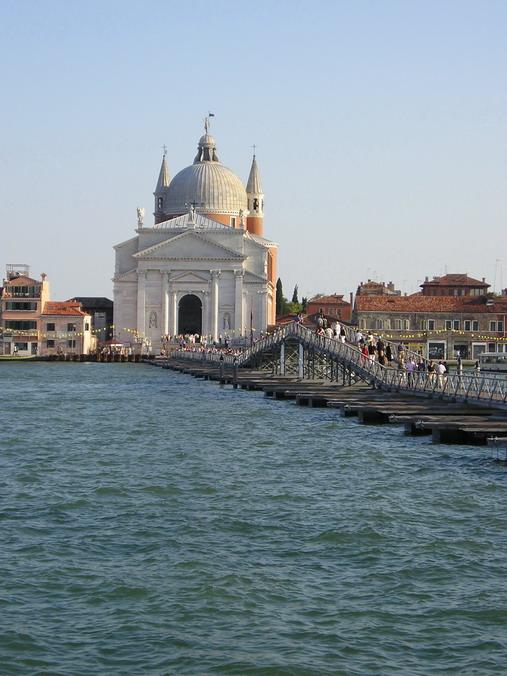
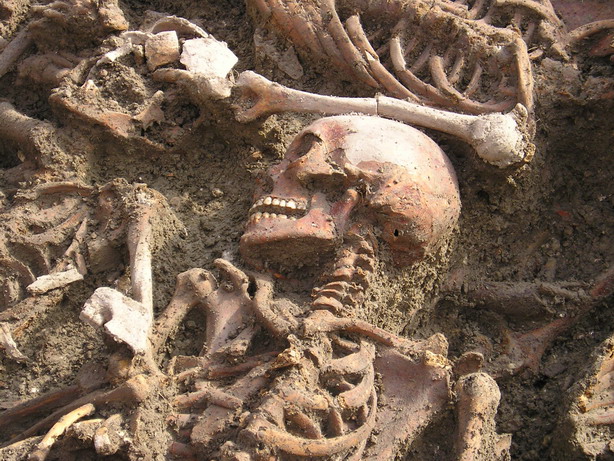
THE WIDE SPACES OF THE NORTHERN LAGOON
Beyond
the horizon of the largest islands of the northern lagoon there
is another world of reedbeds and mysterious channels, unknown to
most and little frequented. GuideToVenice and "Terra e acqua"
(www.veneziainbarca.it) have developed two itineraries for the more
adventurous by "bragozzo"
into the heart of the "Laguna Nord".
1. From Punta Sabbioni
to Lio Piccolo and from there to the island of Salina. Mystery
surrounds us. Why is the church of Lio Piccolo dedicated to Our
Lady of the Snows? What can be discovered about the village of Lio
Piccolo, now deserted? Where was the mediaeval Ammiana, and why
should it be that two Doges of the Middle Ages wanted to be buried
in what is now no more than a hump appearing out of the surface
of the lagoon? We are passing into the origins
of Venice before the rise of Venice itself. (We shall have
lunch on board or perhaps at a family-run Agriturismo in Lio Piccolo).
FULL DAY
2. From Torcello
to Altino on bragozzo boat. Visit to the NEW
ARCHAEOLOGICAL MUSEUM OF ALTINO which houses the
remains of
the ancient Roman city of Altino, amongst others, a Roman
roadway not much different from the more famous Via Appia
Antica. In those days this was a busy port, and much remains are
still to be excavated. We sail with a slow
bragozzo amids the high beds of reeds in brackish waters crossing
first vast pristine saltmarshes. Interesting birdwatching
garanteed in all seasons! Driks and refreshments will be served
at the return to Venice; a glorious sunset reward. FULL
DAY
THIS
IS ONE OF THE MOST FASCINATING TOURS I OFFER FOR THE BEAUTY OF THE
LANDSCAPE AND THE HISTRY OF THE REMOTE ROMAN ORIGINS OF VENICE.
FULL DAY ONLY. FOR GROUPS AND INDIVIDUALS. ASK QUOTATION GUIDE&BOAT.
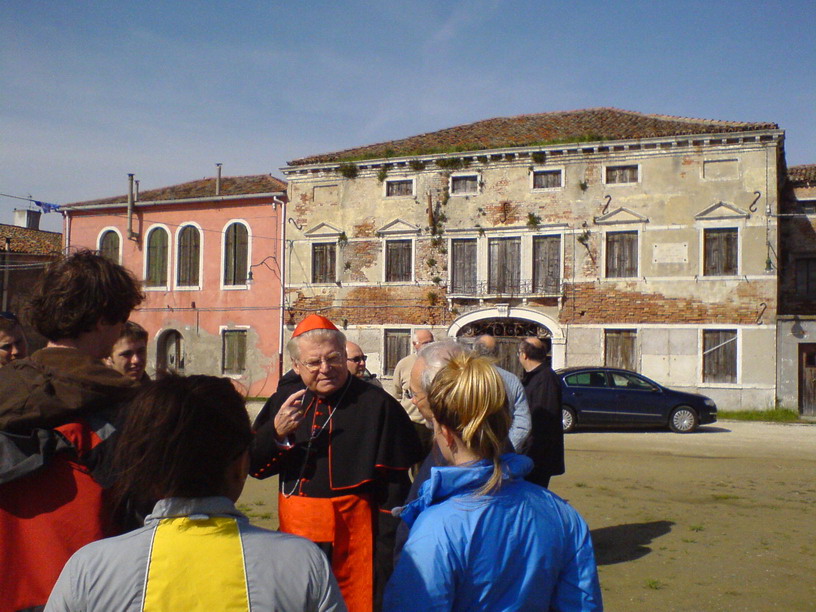
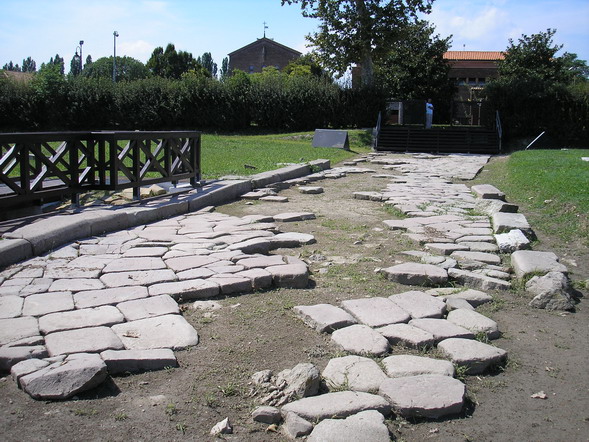
|
GUIDETOVENICE
MARTINO RIZZI
Cell. +39 3289485671
|
|
|
|























